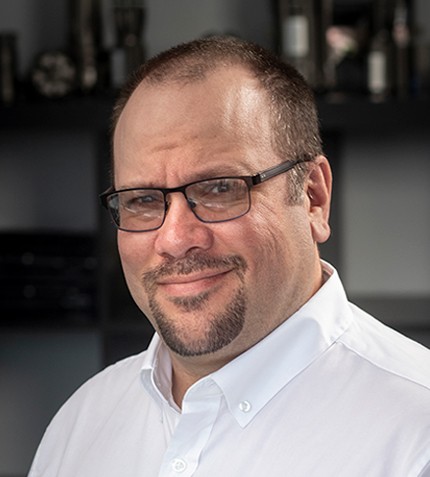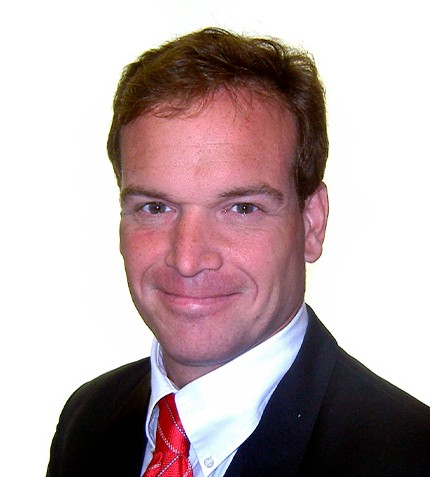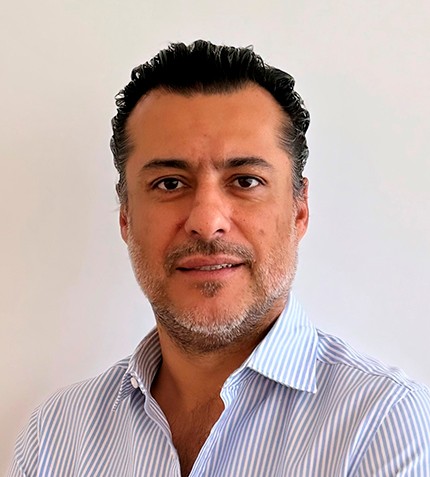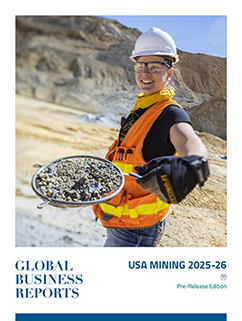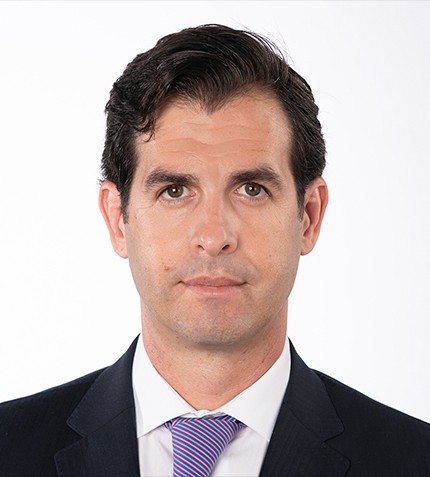
"Our main project for growth in the next two or three years is Romina, which is critical to growing Volcan’s cash flow and metal production."
Luis Herrera
CEO, VOLCAN
What challenges did Volcan face in 2023, and what production milestones were achieved during the same period?
2023 presented significant challenges for the industry, particularly for Volcan. The difficulties stemmed not only from market conditions but also from fluctuations in metal prices. On the corporate front, the most relevant news was probably the decision to spin off the port business, made up of 40% stake in Cosco Shipping Ports Chancay Peru, operator of the Chancay Megaport. This is advancing as expected.
Operationally, 2023 was a successful year for Volcan. We produced over 15 million oz/y of silver and 242,000 fine t/y of zinc, 8% more than in the prior year. We anticipate this positive trend will persist in the coming years with the execution of projects we are developing.
We consider, however, that our most significant accomplishment is to have achieved zero fatal worker incidents last year as for the last three years, thanks to the investments we have made in safety and the environment to meet the increasingly demanding ESG indicators required by the modern mining industry worldwide. We are delighted with this achievement and with the remarkable change and evolution in how these elements are perceived by our employees and the entire organization from top to bottom.
How has the paradigm shift in tailings management altered the mining landscape recently?
The management of tailings dams globally across all industries, particularly since the Brazil incident, has led to a significant reassessment of risks by companies regarding the impact of tailings on community well-being and business sustainability. This increased scrutiny has caused companies to identify safety standard shortcomings that no longer meet the more stringent criteria established after the Brazil accidents. At Volcan, we have made substantial improvements and continue to enhance our tailings dam standards, which involve significant investments.
What is the status of Romina?
Our main project for growth in the next two or three years is Romina, which is critical to growing Volcan’s cash flow and metal production. It will also provide the necessary resources to meet our debt obligations. The project is on track for production at the beginning of 2026. Romina has a forecasted mine life of 14 years with a production rate of 50,000 to 70,000 t/y of zinc equivalent. From the point of view of production, it will be a significant increase from our current levels, and the generation of cash flow has the potential to be substantial.
Permitting is going according to schedule. We are in the second review phase, in which we have advanced 60%. We continue to progress in our relations with the surrounding communities as well as with the surface infrastructure, tunnel and the ramps to get ahead of the production stage and transport the material to the treatment plant.
Romina requires a CapEx of approximately US$150 million throughout 2024-2026. Funding requires special attention because we want to ensure we have the necessary resources to execute the project on time.
Can you talk about Volcan’s recent agreement with Antofagasta and the opportunities it creates for the company?
We have signed a JV with Antofagasta to explore prospective copper zones located on the same trend as Toromocho. The agreement entails significant investments in the coming years that could change Volcan’s exposure to the metals it produces. We have a large package of almost 350,000 hectares in mining concessions that are highly prospective.
Despite this, Romina remains our flagship and priority because it will help ensure long-term business sustainability. Additionally, we continue to invest in other exploration projects to replenish the mine reserves that we currently have and extend mine life.
What are Volcan’s objectives for 2024 and beyond?
Volcan has differentiated business units, and in the coming years, we want to focus all our energy on the development of immediate projects and our current mining activity and strive for operational excellence and the growth of the core of our business. We are exploring the divestment of our non-core businesses to optimize our capital structure and bring the company a more sustainable position to help us navigate market cycles more comfortably. Our vision for the future is excellence based on responsible management of the environment and employees.




